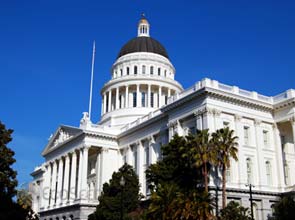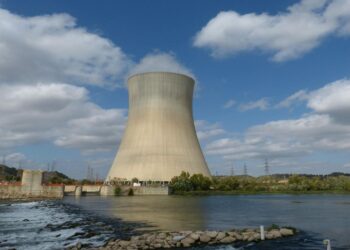California took a more ambitious stand on clean energy development after handing down a 33 percent renewable energy standard for all electric utilities across the state.
On Thursday, the California Air Resource Board unanimously adopted the intensified renewable energy standard, which requires one-third of retail electric sales to be sourced from renewable energy sources such as wind, solar, biomass and geothermal by 2020.
The new regulation was formed through a joint effort between the board, the California Public Utilities Commission, the California Energy Commission and the California Independent System Operator.
Electric utilities in the state must meet an interim renewable energy target of 20 percent by 2014. This percentage increases progressively to 24 percent by 2017, 28 percent by 2019 and 33 percent by 2020.
“This standard is going to further diversify and secure our energy supply while also growing California’s leading green technology market, which will lead to cost savings for consumers,” said Mary Nichols, chairman of the Air Resource Board.
California boasts of holding one of the most demanding renewable energy targets in the United States. The previous renewable mandate required electric utilities to produce 20 percent of their power generation from renewable sources.
Three of the state’s largest investor-owned utilities collectively delivered 15 percent of their retail electricity sales from renewable sources in 2009. Renewable energy accounted for 14 percent of Pacific Gas and Electric’s electric production, while Southern California Edison and San Diego Gas and Electric generated 17.4 percent and 10.5 percent from renewables, respectively.
“While my administration will not slow down as we move forward with a more diverse energy portfolio to drive economic growth and provide greater security and stability for ratepayers, I remain open to continuing to work with the legislature on putting this standard in statute,” said California Governor Arnold Schwarzenegger.
“With this long-term energy policy, California will continue to lead the transition to a clean energy future and away from being so dependent on the volatile prices and harmful emissions of dirty oil and coal,” he noted.
The new renewable energy standard will complement with other state initiatives such as the Million Solar Roofs Initiative and the Global Warming Solutions Act of 2006 to promote renewable energy development in California.
The Million Solar Roofs Initiative is a $2.9 billion plan that seeks to establish one million solar roofs in the state by 2018 that will generate 3,000 megawatts of energy while reducing greenhouse gas emissions by 3 million tons. The program will provide incentives to owners who install solar power systems on their homes or commercial buildings.
On the other hand, the Global Warming Act aims to trim down state greenhouse gas emissions by 2020 based on 1990 levels.















